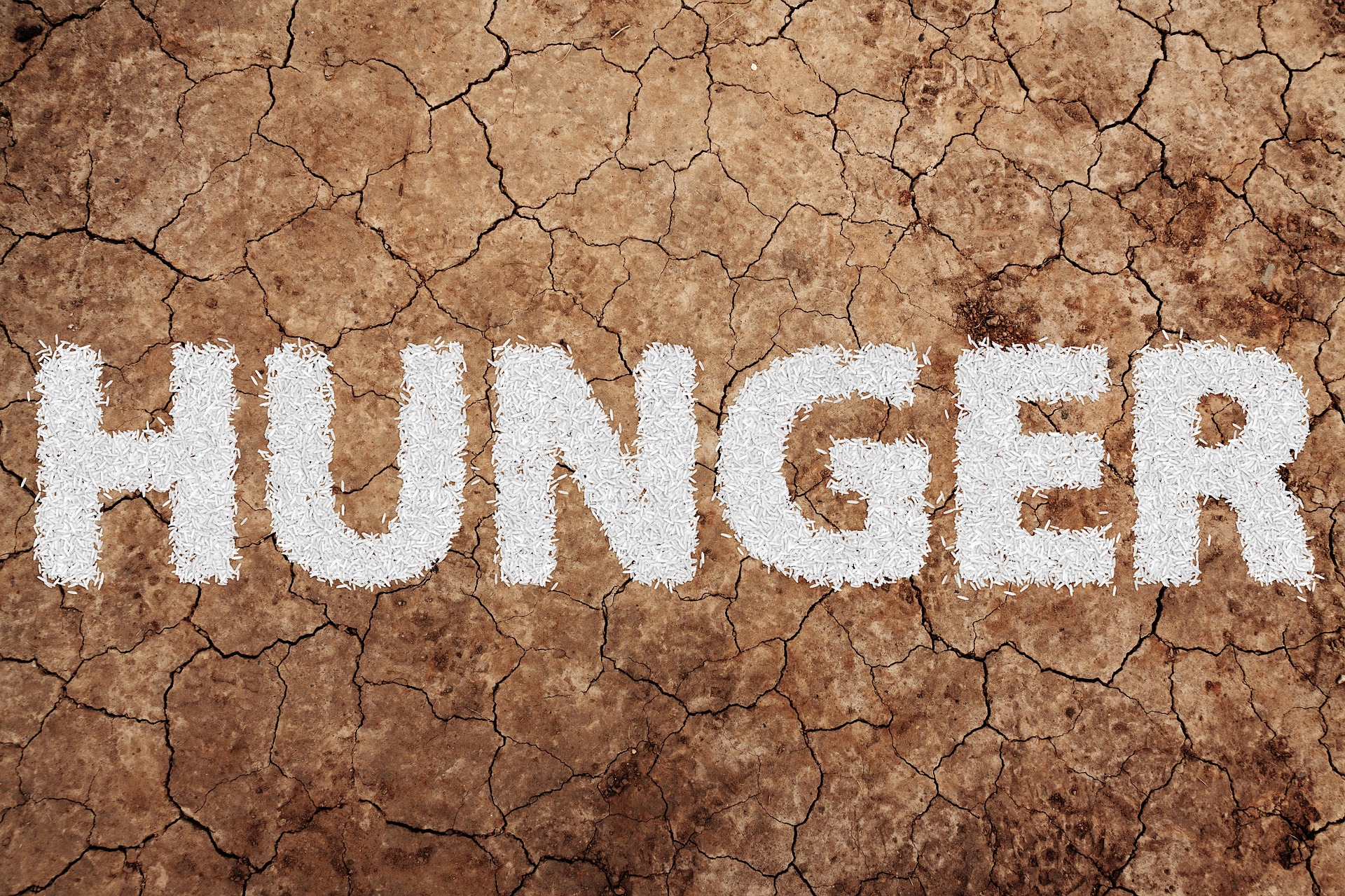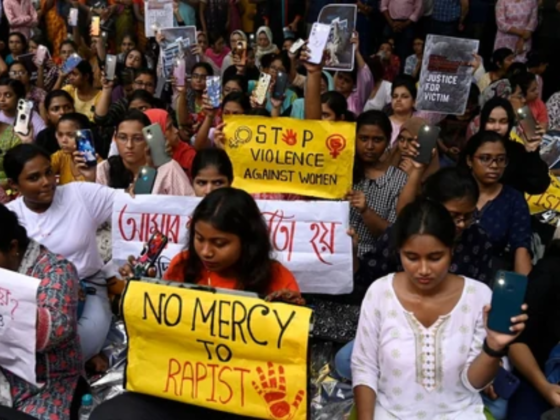By Pooja Priyamvada, Columnist /Author
Every 40 seconds, someone, somewhere in the world, dies by suicide. Close to 8,00,000 people die due to suicide every year. Suicide is a global phenomenon and occurs throughout the lifespan. There are indications that for each adult who died by suicide there may have been more than 20 others attempting suicide.
Suicide is when people direct violence at themselves with the intent to end their lives, and they die because of their actions. It’s best to avoid the use of terms like “committing suicide” or a “successful suicide” when referring to a death by suicide as these terms often carry negative connotations.
A suicide attempt is when people harm themselves with the intent to end their lives, but they do not die because of their actions.
For people with severe depression, it is not uncommon to think about suicide. Suicide often stems from a deep feeling of hopelessness. The inability to see solutions to problems or to cope with challenging life circumstances may lead people to see suicide as the only option to what is really a temporary situation. What must be re-asserted:
- Suicides are preventable.
- It is okay to talk about suicide.
- Asking about suicide does not provoke the act of suicide. It often reduces anxiety and helps people feel understood.
Warning signs that someone may be seriously thinking about suicide
- Threatening to kill oneself.
- Saying things like “No-one will miss me when I am gone.”
- Looking for ways to kill oneself, such as seeking access to pesticides, firearms or medication, or browsing the internet for means of taking one’s own life.
- Saying goodbye to close family members and friends, giving away valued possessions, or writing a will.
Who is at risk of suicide?
- People who have previously attempted self-harm, suicide.
- Someone with depression or an addiction problem.
- Someone suffering from severe emotional distress.
- Someone suffering from chronic pain or illness.
- Someone who have experienced war, violence, trauma, abuse or discrimination.
- Someone who is socially isolated or discriminated against.
YOU MAY LIKE TO READ: Suicides In India And Challenges For Prevention
What you can do for Suicide Prevention
- Find an appropriate time and a quiet place to talk about suicide with the person you are worried about. Let them know that you are there to listen.
- Encourage the person to seek help from a professional, such as a doctor, mental health professional, counsellor or social worker. Offer to accompany them to an appointment.
- If you think the person is in immediate danger, do not leave him or her alone. Seek professional help from the emergency services, a crisis line, or a health-care professional, or turn to family members.
- If the person you are worried about lives with you, ensure that he or she does not have access to means of self-harm (for example pesticides, firearms or medication) in the home.
- Stay in touch to check how the person is doing.
Knowing how to get help for a friend posting suicidal messages on social media can save a life. Many social media sites have a process to report suicidal content and get help for the person posting the message. In addition, many of the social media sites use their analytic capabilities to identify and help report suicidal posts. Each offers different options on how to respond if you see concerning posts about suicide.
For example, Facebook Suicide Prevention webpage can be found at www.facebook.com/help/594991777257121/, use the search term “suicide” or “suicide prevention”
DISCLAIMER: All the information is provided here has been sourced from the internet and books and some also via personal experiences. It has no medical authentication per se so suggestions if followed must be done in consultation with a trained mental health professional.











